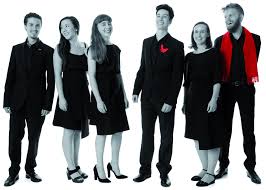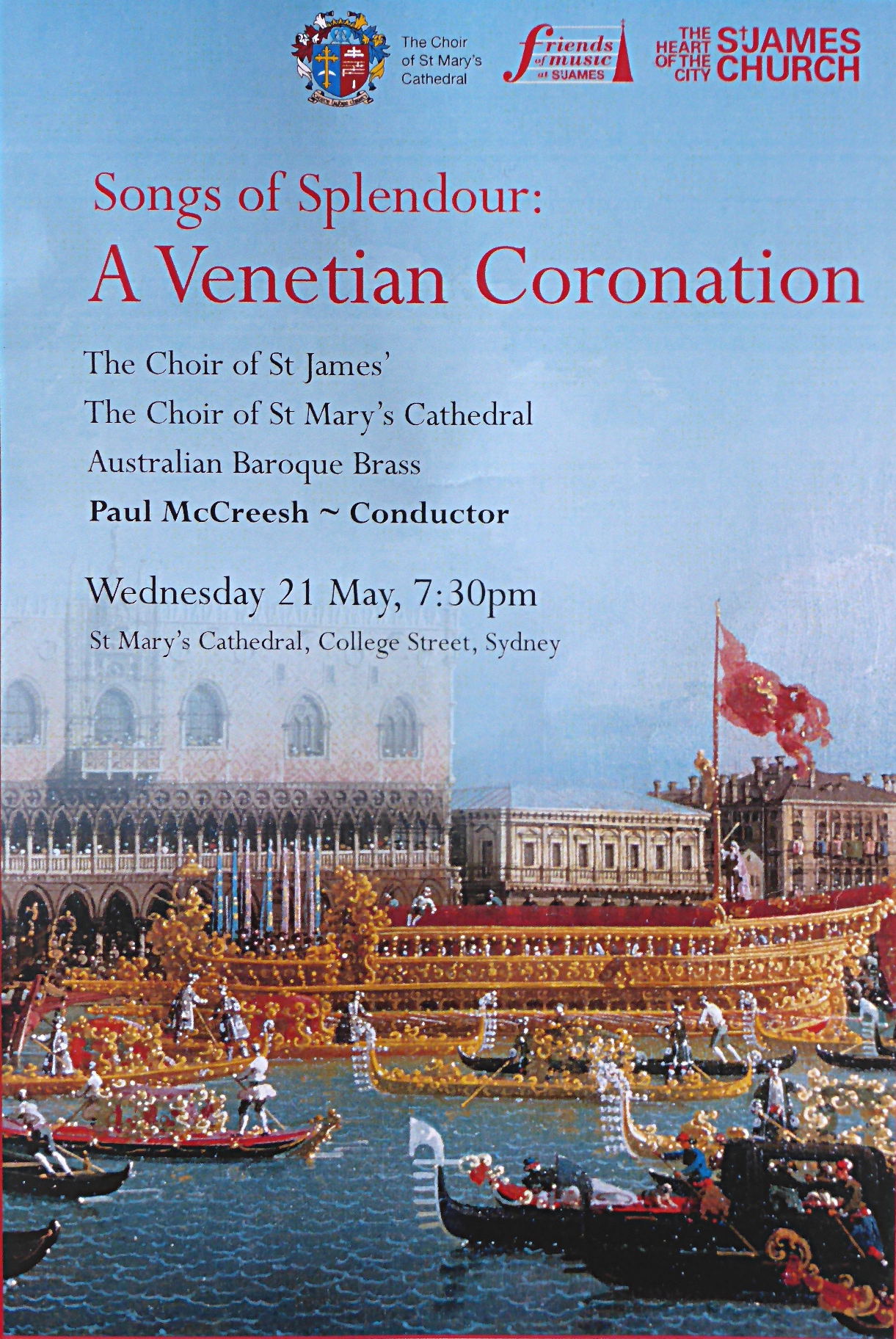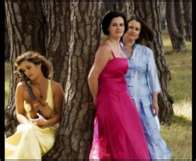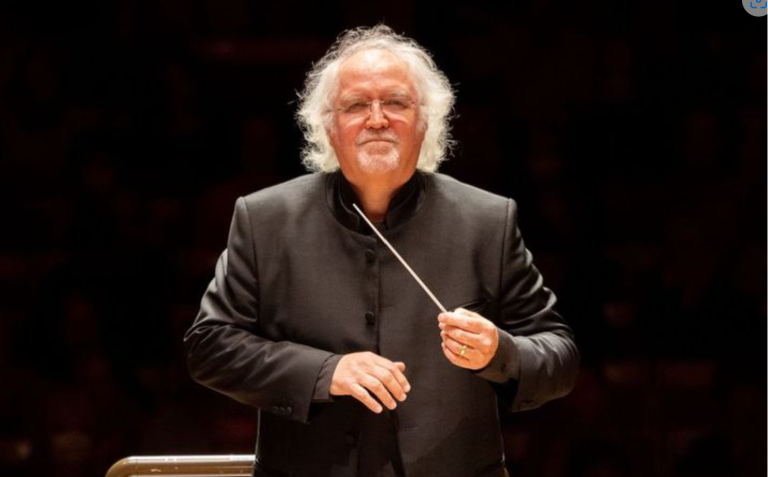Concert Review: Australian Chamber Choir/ Bach In The Castle Of Heaven

The Australian Chamber Choir, conductor Douglas Lawrence
August 21, 2016, Crypt of St Mary’s Cathedral, Sydney
It was an afternoon of heavenly music presented by the Melbourne based Australian Chamber Choir, directed by Douglas Lawrence. Inspired by John Eliot Gardiner’s tome Bach: Music in the Castle of Heaven, the programme, Bach in the Castle of Heaven was both entertaining and enlightening.
Douglas Lawrence had curated his items with care and chosen his 18 voices well. Including two of their number who doubled up on organ and cello when not singing, they created a sound that was as pure as crystal, beautifully blended, clearly articulated and unanimous in execution of phrasing and dynamics.
The programme of both Lutheran and Catholic music pivoted around three of JS Bach’s magnificent motets – Lobet den Herrn, alle Heiden (BWV 230) and Jesu, meine Freude (BWV 227) in the first half, and Singet dem Herrn ein neues Lied (BWV225) in the second. They were judicious choices for varying and showcasing choral arrangement and prowess. Lobet den Herrn is scored for 4 parts, Singet dem Herrn for double choir, and Jesu, meine Freude, for 5 parts (2 soprano lines). Scholars assert that Bach probably intended that his motets be performed with continuo accompaniment in the form of organ and violone. To that end, the presence of the organ and cello were in keeping with style and added tremendously to the fine sound.
Opening the programme was Das Blut Jesu Christi, a brief cantata for 5 parts and basso continuo by JS Bach’s father- in-law, Johann Michael Bach. It demonstrated the traditions that JS Bach inherited as a composer. The jubilation of Lobet dem Herrn (incredibly not known until 1821!) was aptly conveyed, the sopranos in particular singing with a bright and effortless sound anchored by splendidly balanced lower voices. This was contrasted by the comforting strength conveyed in the 5 part weave of Jesu, meine Freude. Splitting these two Bach motets and bringing us to the 20th century, the choir performed three Latin Motets of Herbert Howells, expertly illustrating the finely nuanced dynamics which Howells sought.
Voices rested, after the interval the ensemble delivered a polished performance of Allegri’s Miserere. All credit to soprano Erika Tandiono for her unshakeable high C’s, although there was some lack of agreement amongst the male voices at times. Messiaen’s O sacrum convivium, a sterling test of pitch and timing (the score has no time signature) was achieved with aplomb before the concert ended with the exultant Singet dem Herrn.
The crypt of St Mary’s is a more intimate and forgiving an acoustic than the cathedral upstairs. Nonetheless, it’s not an easy acoustic in which to avoid creating sounds that can lack definition. The ensemble did well to achieve clarity of diction and to differentiate the lines of fugal writing in this space.
This was a carefully construed programme with comparison and contrast at its core. There is a case to be made for the performers completing a bracket without being interrupted by applause. The three Howells motets at the very least, could have been performed as an entity. I have attended many concerts where the audience has courteously been asked not to applaud until the end of a bracket and it has in fact, enhanced the experience. Understandably, the audience is keen to express appreciation, release some cathartic energy and let the performers feel appreciated. However, deferring applause allows the musicians to maintain their focus, allows the mood of the music to develop and the audience can remain in their state of transportation.
Listening to the Australian Chamber Choir’s performance, I realised how badly Sydney lacks a choral ensemble which regular presents historically informed performances of Bach’s choral repertoire. Ever since the Sydneyian Bach Choir pulled down the shutters after completing its monumental Bach pilgrimage (2005 – 2013), Sydney has not had a choir that dedicates itself to the music of JS Bach and those who were influenced by him.
The Australian Chamber Choir intends to return to Sydney and to extend its reach to regional New South Wales as well. It will be a very welcome return to Sydney for this fine choir.
Shamistha de Soysa for SoundsLikeSydney©







